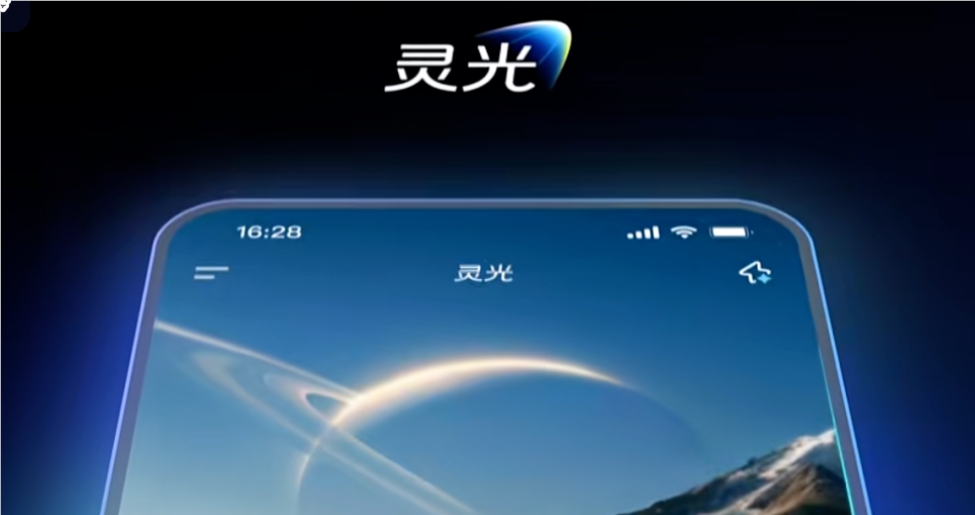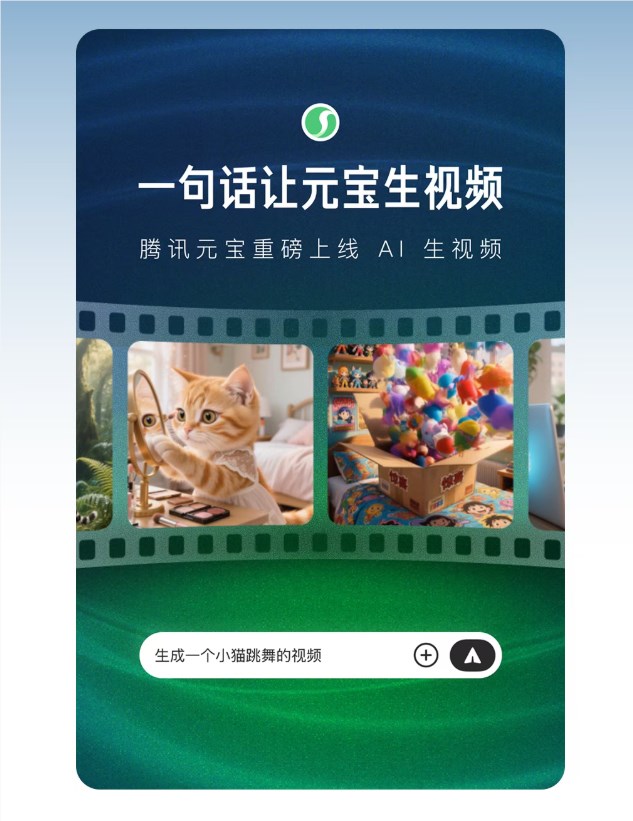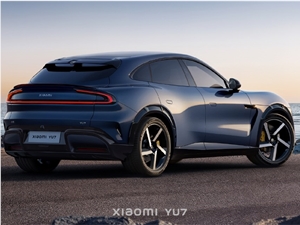Recently, researchers from Tencent Youtu Lab and other institutions have introduced the first open-source multimodal large language model, VITA, which is capable of simultaneously processing video, images, text, and audio, and offers an exceptional interactive experience.
The birth of the VITA model aims to address the shortcomings of large language models in processing Chinese dialects. Based on the powerful Mixtral8×7B model, VITA has expanded its Chinese vocabulary and undergone bilingual instruction fine-tuning, enabling it to not only master English but also speak Chinese fluently.

Key Features:
Multimodal Understanding: VITA can process video, images, text, and audio, a feat previously unseen in open-source models.
Natural Interaction: VITA responds to you without the need to say "Hey, VITA" every time, and it can even maintain politeness during conversations without interrupting.
Open-Source Pioneer: VITA represents a significant step forward for the open-source community in multimodal understanding and interaction, laying the foundation for future research.

The magic of VITA lies in its dual model deployment. One model is responsible for generating responses to user queries, while the other continuously monitors environmental inputs to ensure precise and timely interactions.
VITA can not only chat but also act as a conversational partner during workouts or provide travel advice. It can also answer questions based on the images or videos you provide, demonstrating its strong practicality.
Although VITA has already shown great potential, it is continuously evolving in areas such as emotional speech synthesis and multimodal support. Researchers plan to enable the next generation of VITA to generate high-quality audio from video and text inputs and even explore the possibility of simultaneously generating high-quality audio and video.
The open-sourcing of the VITA model represents not just a technological triumph but a profound innovation in intelligent interaction methods. As research progresses, we have reason to believe that VITA will bring us even smarter and more human-like interactive experiences.
Paper Link: https://arxiv.org/pdf/2408.05211








